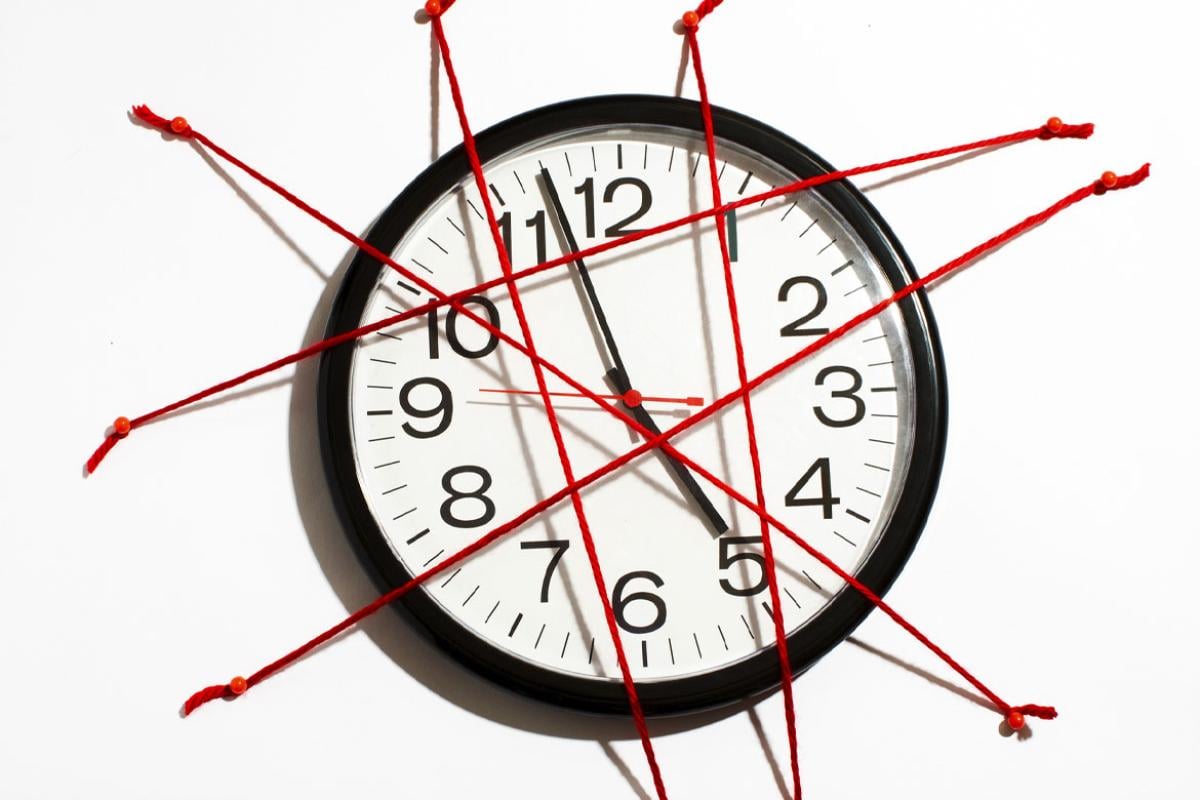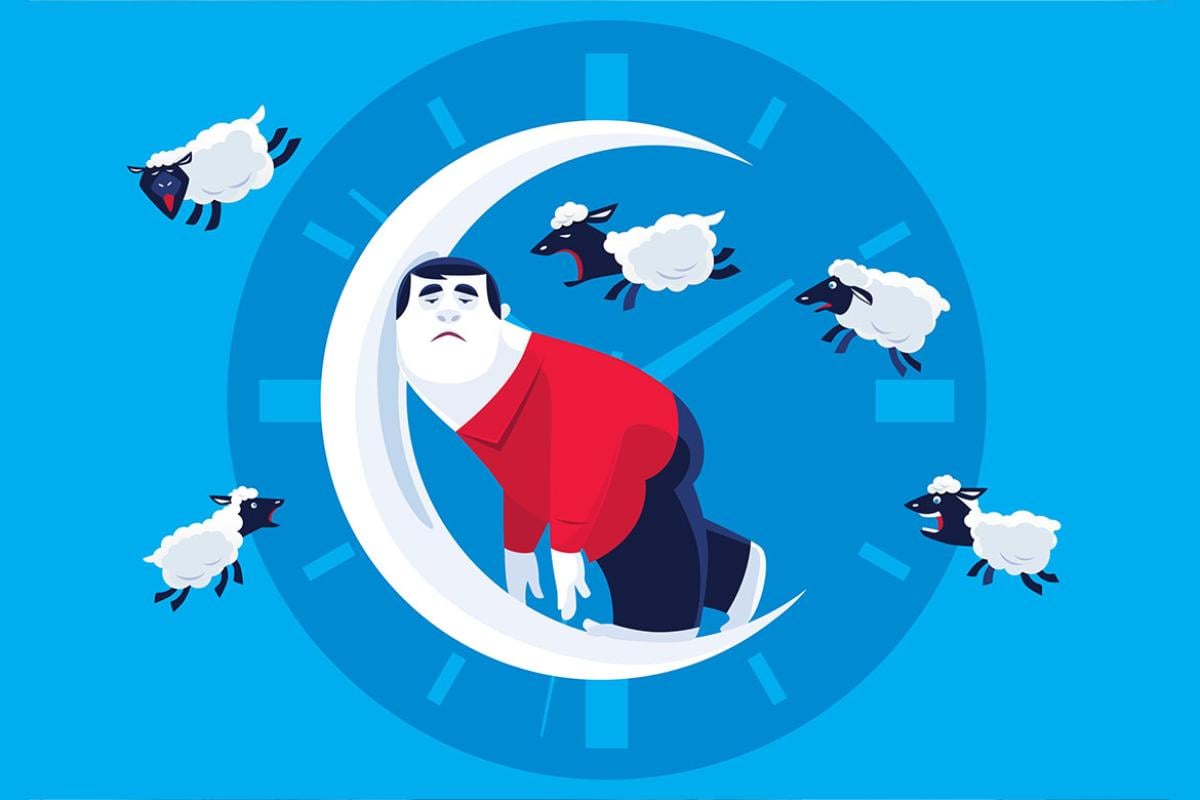While burnout affects physicians from every walk of life, a survey of more than 15,000 physicians from 29 specialties sheds light on how it breaks down by gender. In the survey, 48 percent of female physicians reported burnout, compared with 38 percent of their male peers.
And when looking at what contributes to depression or burnout, here are some ways that the experiences of male and female physicians differ.
How they cope. When respondents were asked how they deal with burnout, the most notable difference was that more than half of female physicians with burnout discuss it with family and friends, while only 39 percent of men do. However, men were a little more likely to cope with burnout by exercising (52 percent) compared with 47 percent of women physicians.
Female physicians experiencing burnout are also more likely to:
- Sleep: 46 percent vs. 38 percent.
- Eat junk food: 39 percent vs. 27 percent.
- Binge eat: 23 percent vs. 18 percent.
Whether they seek help. Female physicians are somewhat likelier than their male peers to seek professional help for burnout. About one-third of women (31 percent) reported that they had been under professional care or were currently seeking professional help, compared with 24 percent of men.
Relationships and finances. The “National Physician Burnout & Depression Report 2018,” published by Medscape, also asked physicians to rate factors that contribute to their depression.
Both men and women rated their job as the highest contributor to depression. However, women ranked family and romantic relationships in second place, while for men it was finances. The smallest contributor for both men and women was health.
The AMA offers online CME on physician burnout that helps doctors redesign their medical practices to minimize stress and improve job satisfaction.



